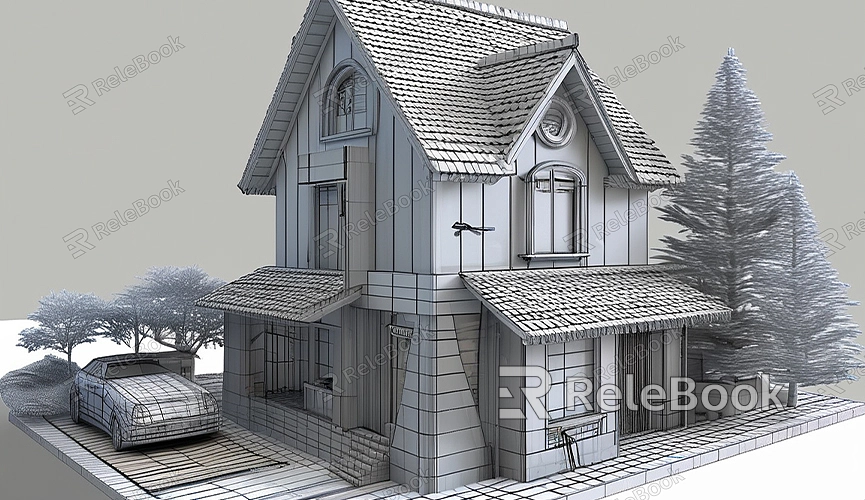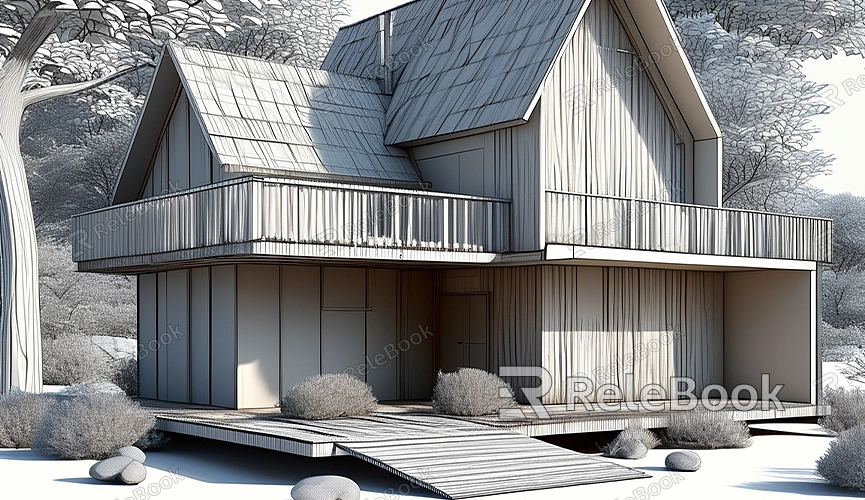How to make 3d model sketchup
SketchUp is a popular 3D modeling software favored by designers, architects, and engineers for its user-friendly interface and powerful features. If you're looking to learn how to create 3D models using SketchUp, this guide will provide you with detailed steps and practical tips to help you get started and create impressive 3D models.
Understand the Basic Interface of SketchUp
Before you start modeling, it's important to familiarize yourself with the basic interface of SketchUp. The interface is relatively straightforward, including a toolbar, model view, and drawing area. Commonly used tools include the Selection tool, Draw tool, Push/Pull tool, and Rotate tool. These tools will assist you in various modeling tasks.

Start Creating Your First 3D Model
1. Set Up Your Workspace
Before creating a 3D model, set up your workspace. Open SketchUp and select a suitable template, such as “Architectural” or “Interior Design,” which will determine your model units and view settings. You can also adjust the view angle, choosing between orthographic or perspective views, to ensure you have a clear view of all parts of your model.
2. Draw Basic Shapes
SketchUp offers a range of basic shape tools, including rectangles, circles, and polygons. Choose the appropriate shape tool and draw the basic shapes you need in the model space. For example, if you're creating a building model, start by drawing a rectangle as the base of the building.
3. Use the Push/Pull Tool for Modeling
After drawing the basic shapes, use the Push/Pull tool to turn them into 3D models. Select the Push/Pull tool, click on the base shape, and drag it to the desired height. This tool is ideal for creating simple geometric shapes like cubes and rectangular prisms.

4. Edit and Refine Your Model
To add more detail to your model, use SketchUp’s editing tools. For example, you can use the Cut tool to divide the model into multiple parts, or the Move tool to adjust different parts of the model. You can also use the Round Corner tool to smooth out the edges and corners of the model for a more realistic appearance.
5. Apply Materials and Colors
Adding materials and colors to your model can enhance its realism. Select the Material tool, choose appropriate materials from SketchUp’s material library, and apply them to your model. You can adjust the material’s color, texture, and transparency to meet your design needs.
6. Add Details and Decorations
If your model requires more detail, use components and groups. In SketchUp, components are reusable model elements, while groups are used to combine multiple model elements. By adding details like doors, windows, and furniture, you can make your model more complete and lively.
Render and Export Your Model
After completing your model, you may need to render and export it for use in other software or to share with others. SketchUp supports various rendering plugins, such as V-Ray and Enscape, which can help you generate high-quality render images. Choose the appropriate plugin, set the rendering parameters, and generate the render image.
When exporting your model, you can choose from multiple formats, such as OBJ, STL, and FBX. These formats are compatible with other 3D modeling software, making it easy to continue editing or using your model on other platforms.
By following these steps, you can create detailed 3D models in SketchUp. If you need high-quality 3D textures, HDRIs, or downloadable 3D models for your projects, you can find them on Relebook. Simply download and import these textures and models directly into SketchUp to enhance your projects. This guide aims to help you master SketchUp modeling techniques and improve your design skills.

